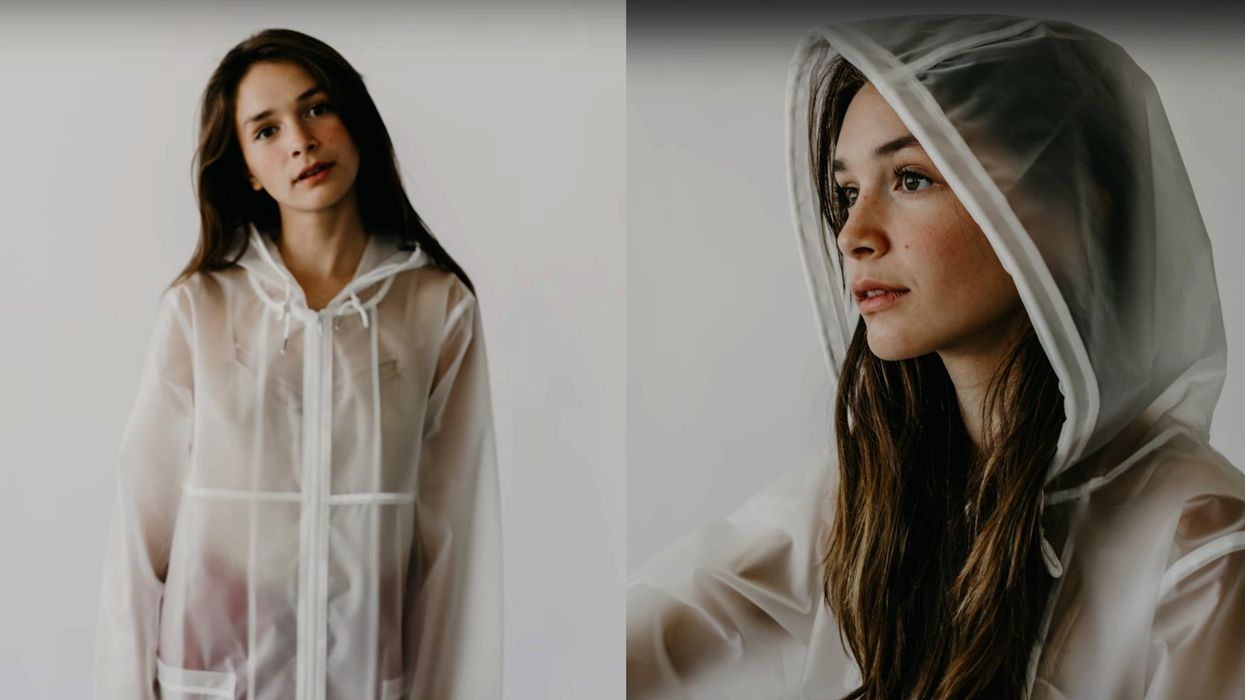Who Takes Better Images: A Pro with Amateur Gear or an Amateur with Pro Gear?
Which is the biggest contributor to great images: the creator or the gear?

As filmmakers, we've all had many negative experiences dealing with gear, but perhaps one of the more frustrating is feeling like your gear is holding you back from creating better work. Maybe you're still dinking around with your Canon Rebel or low-level Nikon D series model, all with a kit lens, thinking, "I can create so much better content than this!" And you'd be right, but for the wrong reasons, because who's really responsible for subpar work, your gear or you?
In this video, Mango Street Labs sees what happens when you give two professional photographers some "amateur" gear, a $300 Canon Rebel T3i (which is now discontinued), and an amateur photographer a "pro-level" $3500 Canon 5D Mark IV
The equipment the professional photographers used was on the cheap side: low-end lenses, including a kit 18-55mm and a $175 40mm f/2.8 pancake, while the equipment used by the amateur photographer was considerably more expensive, including a $1700 35mm f/1.4L II USM lens. So, clearly it would seem as though the amateur had quite an advantage over the pros gear-wise, but, as you can see from the video, you wouldn't be able to tell looking at the photos.





Now, take a look at how the pro photographers think more outside of the box when it comes to perspective (the photo of the model looking down into a mirror) and direction (the photo of the model with her head in a basket). They move themselves, the model, and the camera to get the shot they want, as well as take more chances using the props that were on hand. Essentially, the amateur played it safe while the pro took more risks.
All of these things revealed the true "secret sauce" of great photography/cinematography, and it wasn't a $5000 camera kit, it was experience.
Even though most of us would agree that creating beautiful images doesn't require tons of expensive, professional gear, a lot of us still chase after the newest cameras, fastest lenses, and most advanced lighting rigs. Who knows if it's due to the fact that we really think better gear equals better pictures or if we are simply unconfident with our own creative abilities, but I think this video reveals that you don't have to drop thousands of dollars on new camera gear every year in order to produce great work. All we need is to go out and shoot with the camera we do have.
Source: Mango Street Lab











